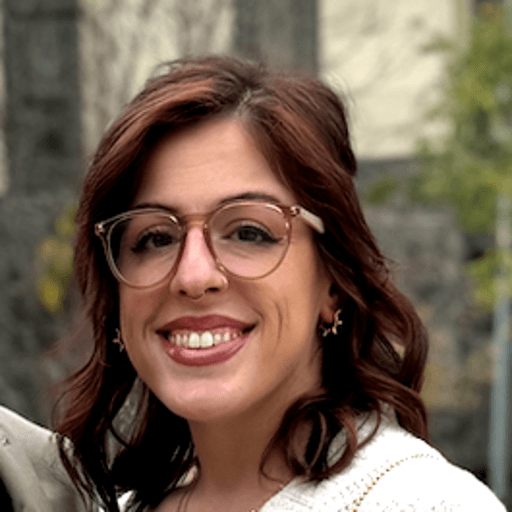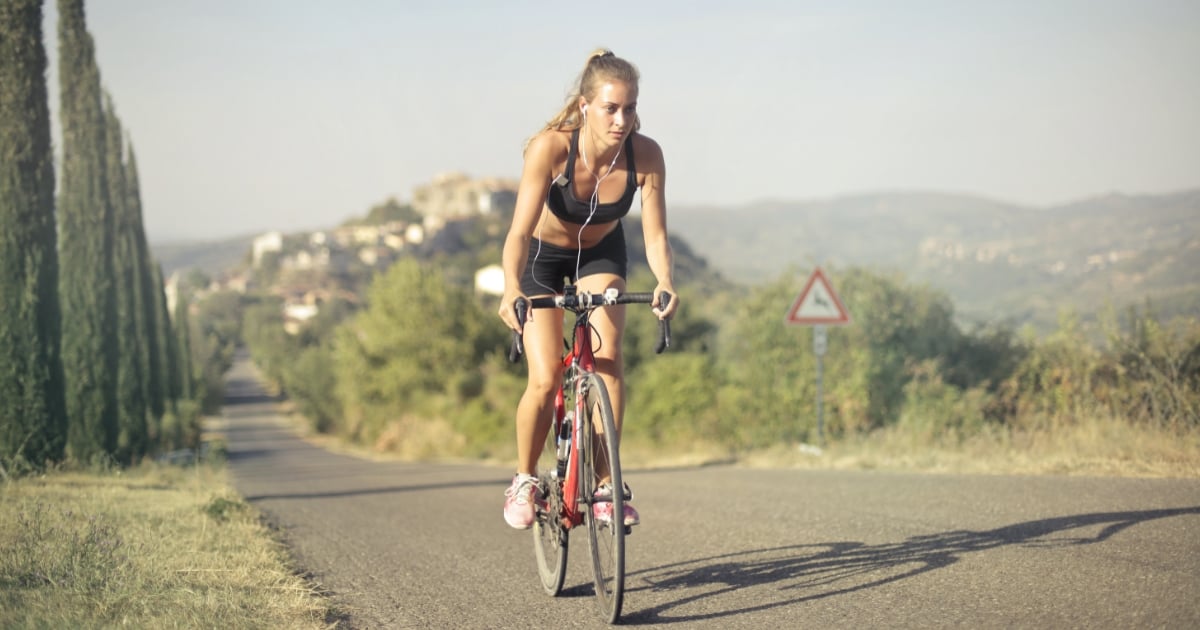Have you ever noticed how a short walk can clear your mind? Or how stretching after sitting for hours feels like hitting the reset button? That’s no coincidence. Our bodies are designed to move, and they thrive when we honor that design.
The Body was Built to Move
From our joints and muscles to our heart and lungs, the human body was made for motion. Regular physical activity helps keep our cardiovascular system strong, our bones dense, and our muscles capable. But it goes beyond just physical strength—it impacts everything from digestion to sleep quality, and even our immune function.
The World Health Organization recommends at least 150 minutes of moderate-intensity activity per week, yet millions of adults fall short. Inactivity has become one of the top contributors to chronic diseases like type 2 diabetes, hypertension, and obesity. But the good news? You don’t have to become a gym rat to experience the benefits.[3]

Small Steps, Big Benefits
You don’t need a fancy gym membership or a strict workout plan to start moving. Walking your dog, dancing in the kitchen, taking the stairs, or stretching during TV commercials—it all counts. Even 10-minute bouts of activity sprinkled throughout your day can boost circulation, energy, and mood.[2]
Consistency matters more than intensity. It's about finding joyful ways to move your body that fit into your daily life. When movement becomes a habit—not a chore—you’re more likely to stick with it.
Movement for the Mind
Physical activity isn’t just for the body—it’s fuel for the brain. Movement increases endorphins and serotonin, which reduces stress and improves your mood. Studies have shown that regular exercise can ease symptoms of depression and anxiety, improve cognitive function, and even reduce the risk of dementia.[1]
In a world that often feels overwhelming, movement becomes a form of self-care—a way to reconnect with your body and reclaim your mental clarity.

Making Movement Accessible
At Assuaged Foundation, we believe wellness should be inclusive. Not everyone has the same physical ability, but movement can be adapted for all bodies. Seated yoga, resistance bands, chair exercises, or water aerobics—all offer safe, effective ways to get active.
We also recognize the barriers people face—be it time, energy, or accessibility. That’s why we’re committed to sharing realistic, judgment-free tips that fit into real life. Movement doesn’t have to be perfect—it just has to be yours.
A Gentle Nudge to Get Started
If you’ve been feeling stuck, consider this your gentle nudge. Start small. Walk around the block. Do five jumping jacks. Stretch your arms above your head and breathe deeply. Listen to your body, and then lovingly challenge it to do just a little more.
Because when we move, we heal. We grow. We thrive. So, let’s get moving—not to shrink ourselves, but to expand our lives.

















